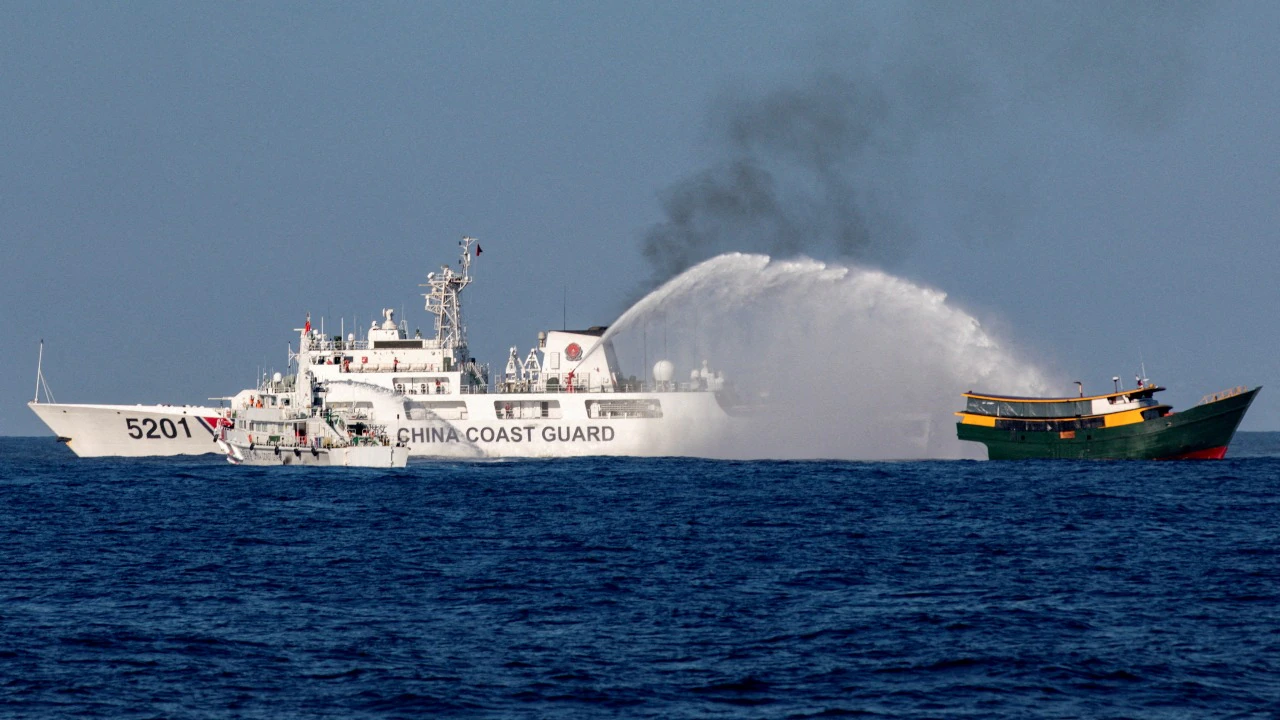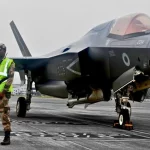Tensions escalated once again in the South China Sea after the Chinese coast guard confronted and drove away a Philippine supply vessel near the contested Scarborough Shoal. The incident, which involved aggressive maneuvers and water cannon attacks, underscores the growing friction between the two nations in the vital maritime region.
According to a statement from Beijing, the Chinese coast guard used a series of “necessary measures” to force the Philippine ship to retreat. These included issuing verbal warnings, tailing the vessel, and deploying water cannon fire.
The Philippine Coast Guard confirmed that its vessel, BRP Datu Taradapit, was delivering fuel to Filipino fishermen operating within the country’s 200-nautical mile exclusive economic zone when it was intercepted. “Despite these aggressive actions, including blocking maneuvers and a water cannon attack that briefly struck the port quarter of BRP Datu Taradapit, the vessel adeptly maneuvered away to avoid significant damage,” the statement noted.
China continues to assert sweeping claims over the South China Sea, including areas ruled invalid by a 2016 international arbitration decision. Scarborough Shoal remains one of the most contested zones, despite lying well within Manila’s claimed maritime boundary.
To assert its sovereignty and support local fishers, the Philippines has been conducting regular supply missions in the region. These efforts are part of a broader strategy under President Ferdinand Marcos Jr., who since taking office in 2022 has strengthened defense and diplomatic ties with the United States and regional allies to counter Chinese influence.
China, for its part, has maintained a heavy presence in disputed areas, deploying large coast guard vessels and a maritime militia to enforce its claims.
The South China Sea is not only geopolitically sensitive but also economically critical. It is a key conduit for global trade—handling trillions of dollars in shipping annually—and is believed to be rich in untapped oil and natural gas reserves.
The latest encounter adds to a series of confrontations that have raised regional and international concerns over freedom of navigation and the risk of conflict in one of the world’s busiest maritime corridors.













